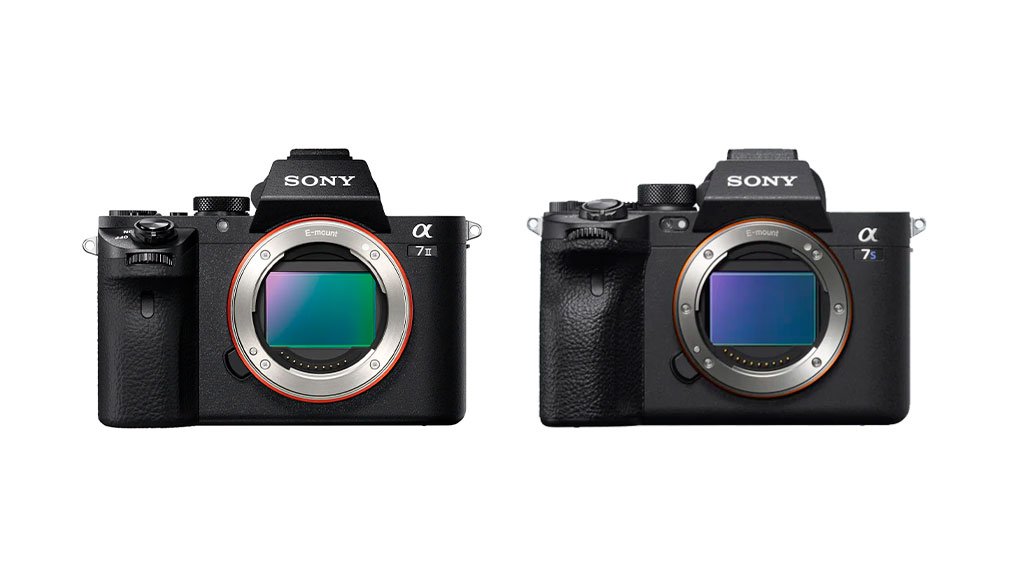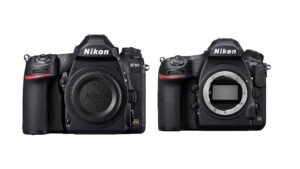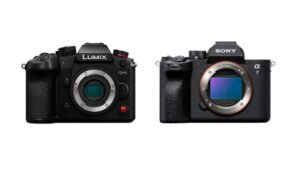The Sony A7 II is a perfectly balanced camera for the average user, making it a perfect buy for any photographer.
The Sony A7 III is a camera with superior imaging capability and high-speed performance in a compact body, this machine gives you the power, precision and flexibility to capture unique moments the way you want to.
Sony a7 II vs. Sony a7 III specifications
As always we will compare, the Sony A7 II against its fiercest competitor, in this case the camera that can stand up to it would be the Sony A7 III. Sony A7 III and now we will see how they differ.
Sony A7 II | Sony A7 III | |
SENSOR | Full Frame CMOS (35.8 x 23.9 mm) with 24.3 effective megapixels and maximum resolution of 6,000 x 4,000 dots | 24.2MP full-frame 35 mm CMOS sensor with back-illuminated design |
PROCESSOR | BIONZ X | BIONZ X |
FOCUS (AF) | Hybrid (phase detection + contrast detection) 117 FOCUS POINTS | Fast hybrid autofocus with 693 phase detection points and 425 contrast-detection autofocus points |
VIEWER | OLED electronic (2,359,000 pixels) with 100% coverage and magnification 0.71x | 1.3 cm electronic viewfinder (type 0.5, color), XGA OLED |
DISPLAY | Removable 3-inch (1,230,000 dots) Xtra Fine 3-inch TFT LCD (1,230,000 dots) | 7.5 cm (type 3.0) TFT |
ISO | 100 to 25,600 ISO | Sensitivity range up to ISO 51200 (upgradeable to ISO 50-204800 for photos) |
SHOTS PER SECOND | 5 FPS | 10 FPS (with AF/AE tracking) |
MAXIMUM RAPIDITY | 5 fps | 10 fps |
DYNAMIC RANGE | EV-4 to EV20 (equivalent to ISO 100 with an F2.0 lens attached) | |
VIDEO RESOLUTION | 1080p up to 60p | 4K HDR |
CONNECTIVITY | USB 3.2, Gen3, 10Gbps, Wifi 5 GHz and Bluetooth | Wifi and Bluetooth |
BATTERY | NP-FZ50 350 SHOTS
| 610 shots approx. (viewfinder)/710 shots approx. (LCD monitor) (CIPA standard)
|
MONTURA | E-mount | E-mount |
WEIGHT | 556 g | 650 g |
Sensor
Both Sony models feature a larger 24-megapixel Exmor R CMOS sensor with a back-illuminated structure, also combined with the latest BIONZ processor and the latest large-scale initial integration.
Body
The body of the A7 II features an improved grip, which gives you a firmer grip. In addition, it has a much better positioned shutter button, is a very comfortable camera to work with, and features dust and water resistance. On the other hand, the body of the A7 III is presented with major improvements for ease of use. It is a compact camera a little heavier than the A7 II and with more volume, it is also resistant to dust and humidity..
Approach
Both have a very fast focus with the ability to recognize faces (people and animals) and to track moving objects very effectively. It will allow you to maintain a constant steady focus on active subjects, this is essential for capturing moments important and unrepeatable. Sony’s AI subject tracking won’t let you down, as they process numerous spatial data at high speed in real time. The function Real-time Eye AF provides continuous eye tracking when capturing moving portraits to achieve the best results. The A7 III surprises with 693 phase-detection autofocus points covering approximately 93% of the image area and 425 contrast-detection autofocus points densely positioned for improved focusing. And the Sony A7 II features 117 focus points.
Battery
The Sony A7 II has a battery life of approximately 350 shots, however, this improves with the Sony A7 III. Sony A7 III which has an NP-FZ100 compatible battery, with a capacity about 2.2 times that of the NP-FW50, it will be able to take about 710 shots on a charge.
Video
With the Sony A7 III you will be able to record movies in 4K with high resolution. Full pixel readout without clustering processes approximately 2.4 times the amount of information required for 4K (QFHD: 3840 x 2160) recording, to produce videos with stunning detail, depth and realism. However, the
Sony A7 II lacks 4K and its resolution for recording videos is 1080p up to 60p. 1080p up to 60p, it also shows good results but without reaching the level of the previous one described.
Opinion
Both cameras are good to start developing our photography hobby. La Sony A7 III
is one of the best cameras on the market, hands down. It features a larger sensor, records in incredible 4K quality and has a much longer battery life. And despite being considerably more expensive, it is becoming more and more economical. On the other hand, the Sony A7 II
The new, higher-resolution display and viewfinder are the main features. Either choice will be wise, although it is true that the Sony A7 III has quite a few improvements over its predecessor.







